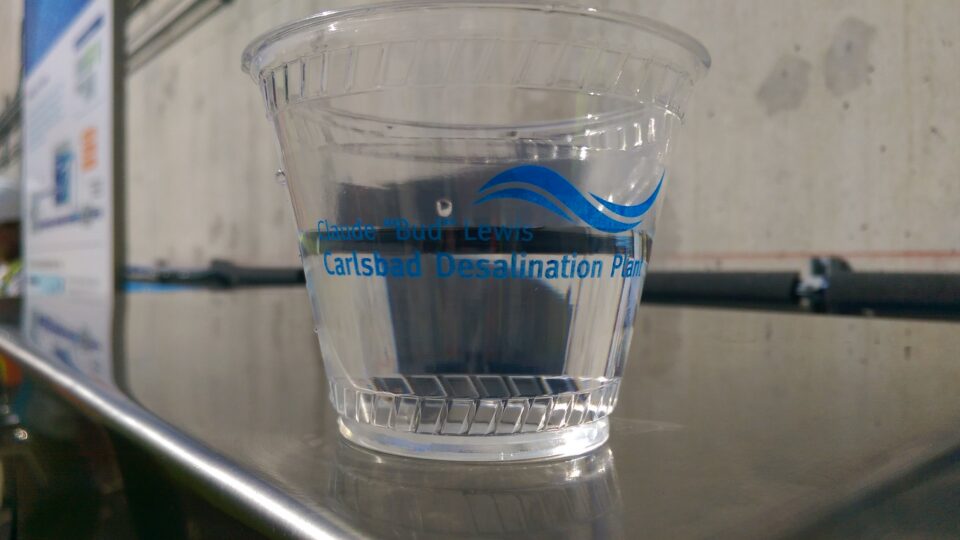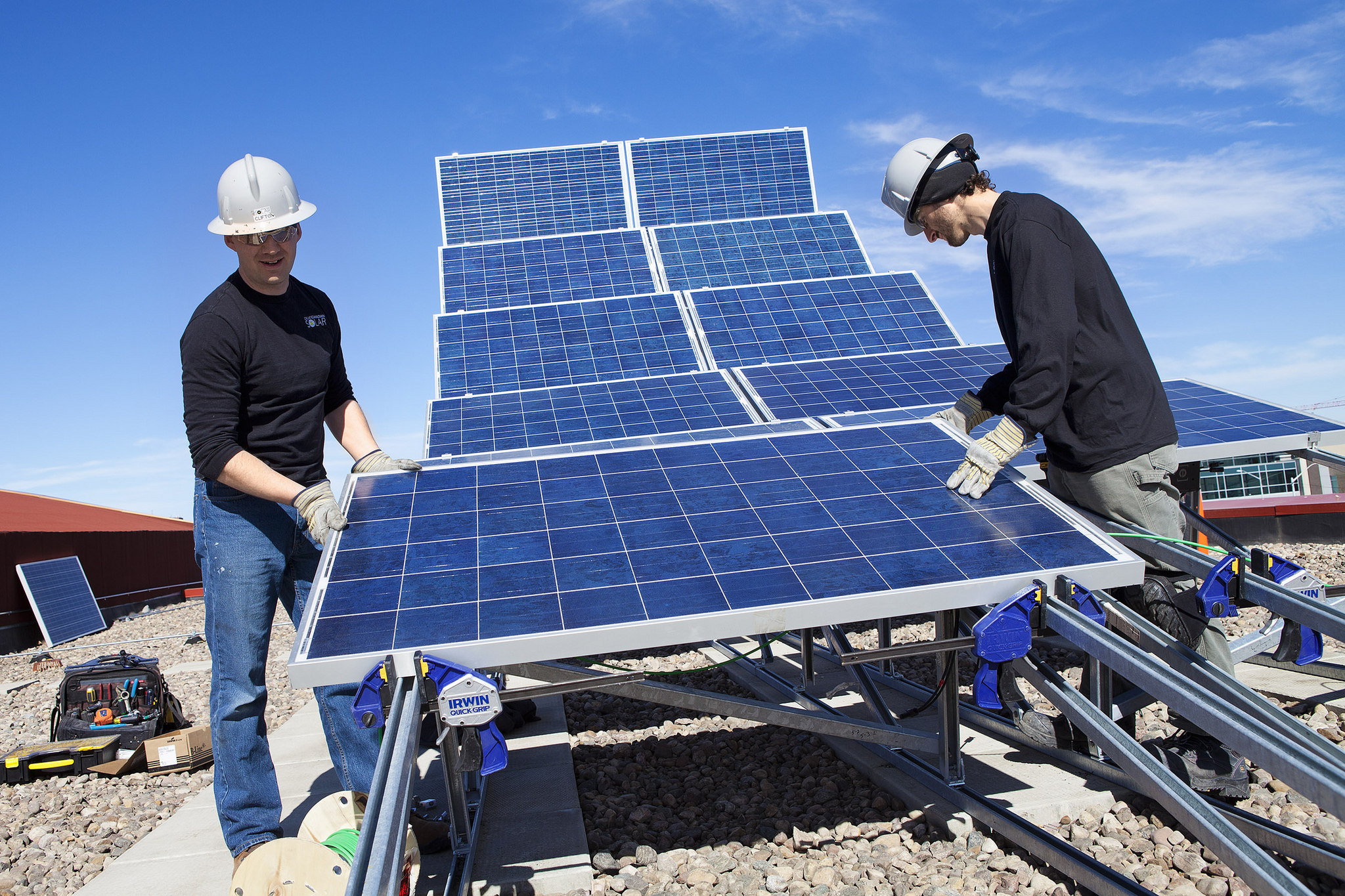Engineers at the University of Michigan and Rice University have developed a new technology for removing boron from seawater, an important step in turning seawater into safe drinking water.
Boron is a natural component of seawater that remains a toxic contaminant in drinking water after conventional filters remove salts from seawater. The boron levels in seawater are about twice as high as the World Health Organization’s most lenient limits for safe drinking water and 5 to 12 times higher than what many agricultural plants can tolerate.
Boron passes through the reverse osmosis membranes used in desalination plants in the form of boric acid. To remove it, the desalination plants normally add a base to the treated water that causes the boric acid to become negatively charged. An additional membrane then removes the charged boron, and an acid is then added to neutralize the water. All of this is expensive and complicated.
The new technology uses electrodes that remove boron by trapping it inside pores studded with oxygen-containing structures that bind with boron but let other ions pass through. Capturing boron with electrodes enables treatment plants to avoid the need for a second stage of reverse osmosis.
Global desalination capacity reached 95 million cubic meters a day in 2019. The new membranes could save nearly $7 billion a year. Such savings could make seawater a more accessible source of drinking water for a thirsty world. Freshwater supplies are expected to meet only 40% of the world’s demand by 2030.
**********
Web Links
New water purification technology helps turn seawater into drinking water without tons of chemicals
Photo, posted August 21, 2018, courtesy of Alachua County via Flickr.
Earth Wise is a production of WAMC Northeast Public Radio






